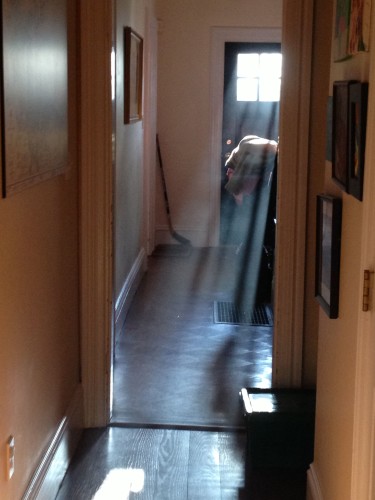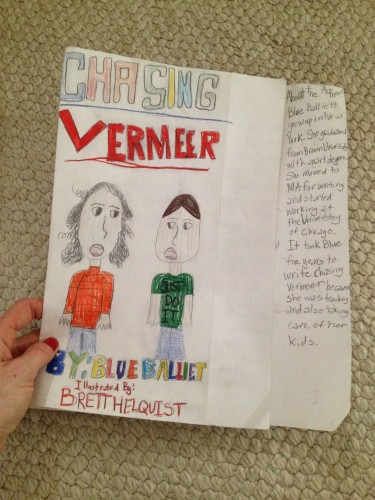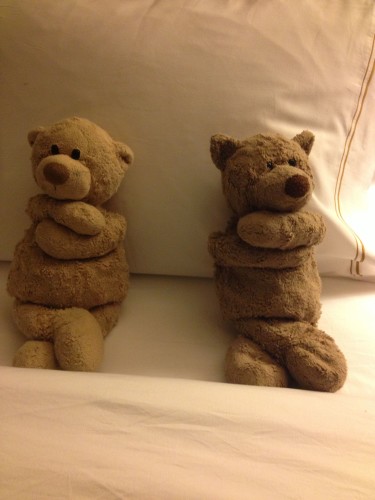When my copy of The Cassoulet Saved Our Marriage, I opened it hurriedly and dove in. One of the editors, Lisa Catherine Harper, is both a friend and a writer I adore. I read, loved, and reviewed her first book, A Double Life: Discovering Motherhood. Other writers I love, like Deborah Kopaken Cogan and Catherine Newman, also contributed. This book is a wonderful meditation on what food means in the context of a family.
When I think about food and family, my mother comes immediately and always to mind. I wrote about her, years ago, about how she embodies the sentiment that casseroles are grace.
I am deeply honored to share a beautiful essay by Lisa Catherine Harper here today. I love everything she writes, and this is no exception. I know you will too.
I’m delighted to offer a giveaway copy of The Cassoulet Saved Our Marriage. I can’t recommend this book enough: you will love it. Please leave a comment here – if you want to share a story of food in your life, that would be terrific! – and I will choose a winner on Sunday.
Still Life with Orange
By Lisa Catherine Harper
In our backyard, we have a gorgeous, old orange tree. Its leaves are thick and glossy, and come winter, it’s studded with more bright fruit than we know what to do with. We snack on it, and make arancello, and squeeze gallons of fresh juice, and still, we have sacks and sacks to give away. In the spring, when the blossoms for next year’s crop are budding like tiny, fragrant constellations, we have a few brief weeks when we can picnic under its sweet-smelling shade.
For me, the orange tree is a California dream and everything the fruit of my northeastern childhood was not. No matter how many years I live with them, those oranges still seem to come from a faraway place. For my children, though, the tree is ordinary, the stuff of home.
And this is where things get interesting. I think that it’s in this tension between the extraordinary and the ordinary, the unusual and the mundane, that traditions are made. The fact that those oranges are a part of our everyday life is what makes them special. We wait for them, we watch them grow, we harvest them, we eat them. Most of the time, it’s just there, a pretty tree that stands beyond our kitchen window, as much a part of our yard as the cats. But when I bother to pay attention, in those out-of-time moments when I become aware of its natural cycle, then I know that–without trying or doing anything special–we have a tradition.
What are family food traditions? How do they come about? And why should we care? These are the questions I’ve been thinking about for the last four years as I worked on my new book, The Cassoulet Saved Our Marriage: True Tales of Food, Family, and How We Learn to Eat. As my co-editor and I selected stories, submitted by a wide range of food writers, fiction writers, essayists, and journalists we found ourselves thinking hard about our own family food and we realized we wanted to tell a different story, one that moved away from mantras and manifestos and talked about the real issues facing real families every day. Not what we feed our families, but how, and why, and why should we care?
The stories we included in Cassoulet share two important things. First, family food isn’t just the food we feed to our kids. Husbands feed wives, dads feed kids, siblings feed each other, children feed parents. Second, family food doesn’t necessarily involve special occasions or long-standing traditions. As the stories accumulated, we had accounts of everyday food, snack food, despised foods—these were at least as important as celebratory food, or recipes sanctioned by generations. Writers remembered the absence of food, too, because for better, for worse, in sickness, and in health, every aspect of our relationships is implicated in our family food. It’s something of a cliché to say food is love, but our tables rehearse—explicitly, implicitly—the joy and connection of our most intimate relationships as well as the conflict. What became abundantly clear is that family food is shared in relationship, and it reflects these relationships.
The point, though, is not to give us parents one more thing to feel guilty about. We don’t need more rules, or more people judging us. What many of us need is simply to broaden the conversation and understand that what happens in the kitchen or at the table is at least as important as the ingredients that end up on the plate.
And here’s where my orange tree comes in. In a very simple way, it reminds me to pay attention to what I already have. Sometimes, the simple act of picking an orange is enough to restore us. In the midst of all the rush and bustle of family life, in the middle of work and homework and carpools, sometimes, a sustainable family food culture is more important than sustainable food. My family’s food will not look like yours-and this is the whole, beautiful point. In our family, we have the tree. Your family will have something else–a red sauce, or a pancake recipe, or a garden. We can start by telling our stories: this is what family food means in our life. What does it mean in yours?









